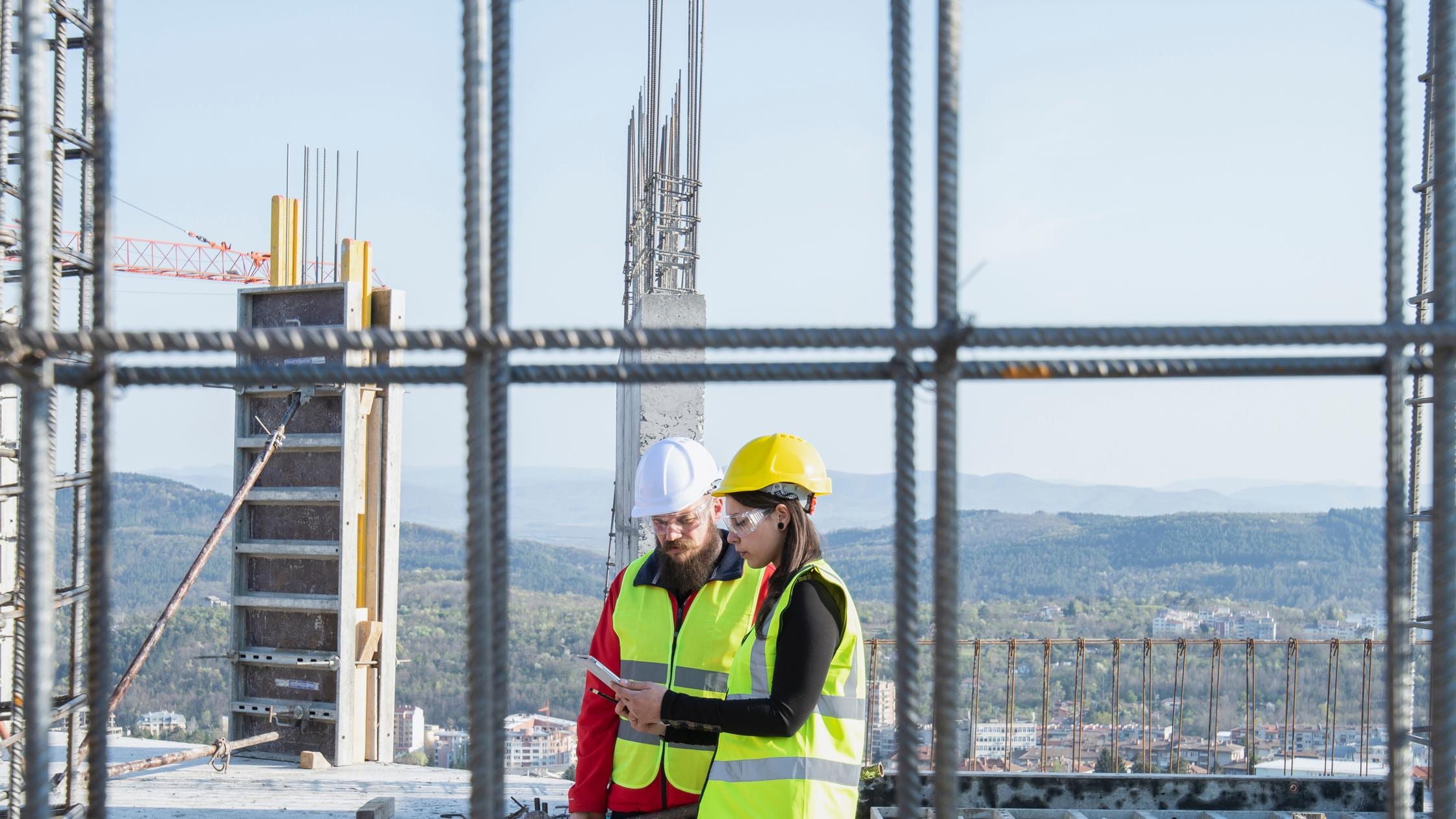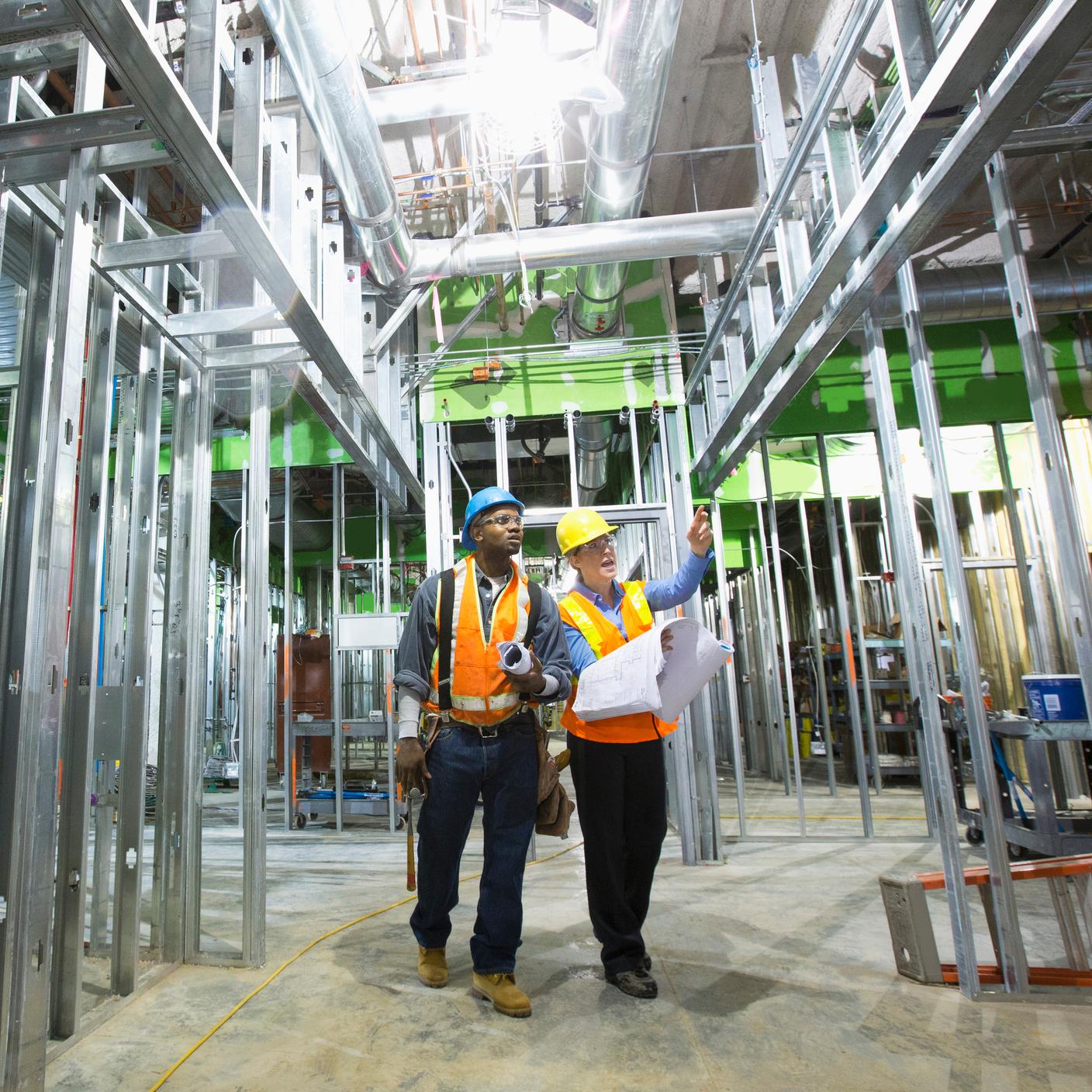Built environment organizations operate in a competitive marketplace. Key factors that help to differentiate services and stand apart from others include technology innovation, sustainable design and construction, and health, safety and well-being support for employees and clients.
We help you strengthen these areas by providing the right people, with the right expertise.
- Search BSI
- Verify a Certificate







